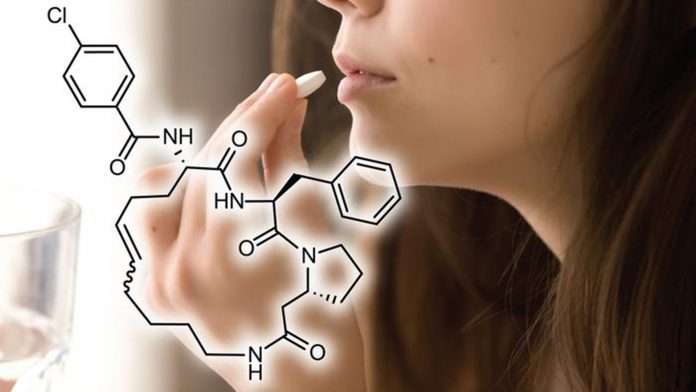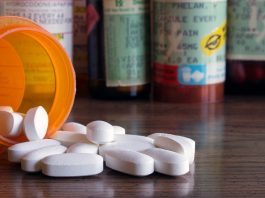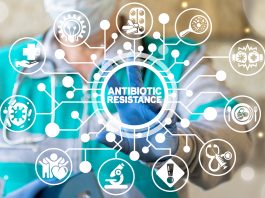Researchers from the laboratory of Professor Christian Heinis at EPFL have achieved a significant milestone in drug development through oral peptides.
The research opens the door to oral peptides, a new class of orally available drugs, addressing a long-standing challenge in the pharmaceutical industry.
The research, ‘De novo development of small cyclic peptides that are orally bioavailable,’ is published in Nature Chemical Biology.
“There are many diseases for which the targets were identified, but drugs binding and reaching them could not be developed,” explained Professor Heinis.
“Most of them are types of cancer, and many targets in these cancers are protein-protein interactions that are important for the tumour growth but cannot be inhibited.”
Cyclising breakthrough in oral peptides
The study focused on cyclic peptides, which are versatile molecules known for their high affinity and specificity in binding challenging disease targets.
At the same time, developing cyclic oral peptides has proven difficult because they are rapidly digested or poorly absorbed by the gastrointestinal tract.
The research team targeted the enzyme thrombin, which is a critical disease target because of its central role in blood coagulation. Regulating thrombin is key to preventing and treating thrombotic disorders like strokes and heart attacks.
To generate cyclic oral peptides that can target thrombin and are sufficiently stable, the scientists developed a two-step combinatorial synthesis strategy to synthesise a vast library of cyclical peptides with thioether bonds, which enhance their metabolic stability when taken orally.
Heinis said: “We have now succeeded in generating cyclic peptides that bind to a disease target of our choice and can also be administered orally.
“Therefore, we have developed a new method in which thousands of small cyclic oral peptides with random sequences are chemically synthesised on a nanoscale and examined in a high-throughput process.”
The two steps, one pot method
The new method process involves two steps and takes place in the same reactive container, a feature chemists call ‘one pot’.
The first step is to synthesise linear peptides, which then undergo a chemical process of forming a ring-like structure. This is done using bis-electrophilic linkers – chemical compounds used to connect two molecular groups – to form stable thioether bonds.
In the second phase, the cyclised peptides undergo acylation, which attaches carboxylic acids to them, further diversifying their molecular structure.
The technique eliminates the need for intermediate purification steps, allowing for high-throughput screening directly in the synthesis plates, combining the synthesis and screening of thousands of peptides to identify candidates with high affinity for specific disease targets – in this case, thrombin.
When tested on rats, the oral peptides showed up to 18% bioavailability, which means that when the cyclic peptide drug is taken orally, 18% of it successfully enters the bloodstream and has a therapeutic effect.
Since orally administered cyclic peptides generally show a bioavailability below 2%, increasing that number to 18% is a substantial advance for drugs in the biologics category, including peptides.
Future ambitions of this pharmaceutical breakthrough
By enabling the availability of cyclic oral peptides, the team has opened up possibilities for treating various diseases that have been challenging to address with conventional oral drugs.
The method’s versatility means it can be adapted to target a wide array of proteins, potentially leading to breakthroughs in areas where medical needs are currently unmet.
“To apply the method to more challenging disease targets, such as protein-protein interactions, larger libraries will likely need to be synthesised and studied,” explained Manuel Merz, PhD student and leader of the research.
In the next step of this project, the researchers will target several intracellular protein-protein interaction targets for which it has been difficult to develop inhibitors based on classical small molecules.
They are confident that oral peptides can be developed for at least some of them.









